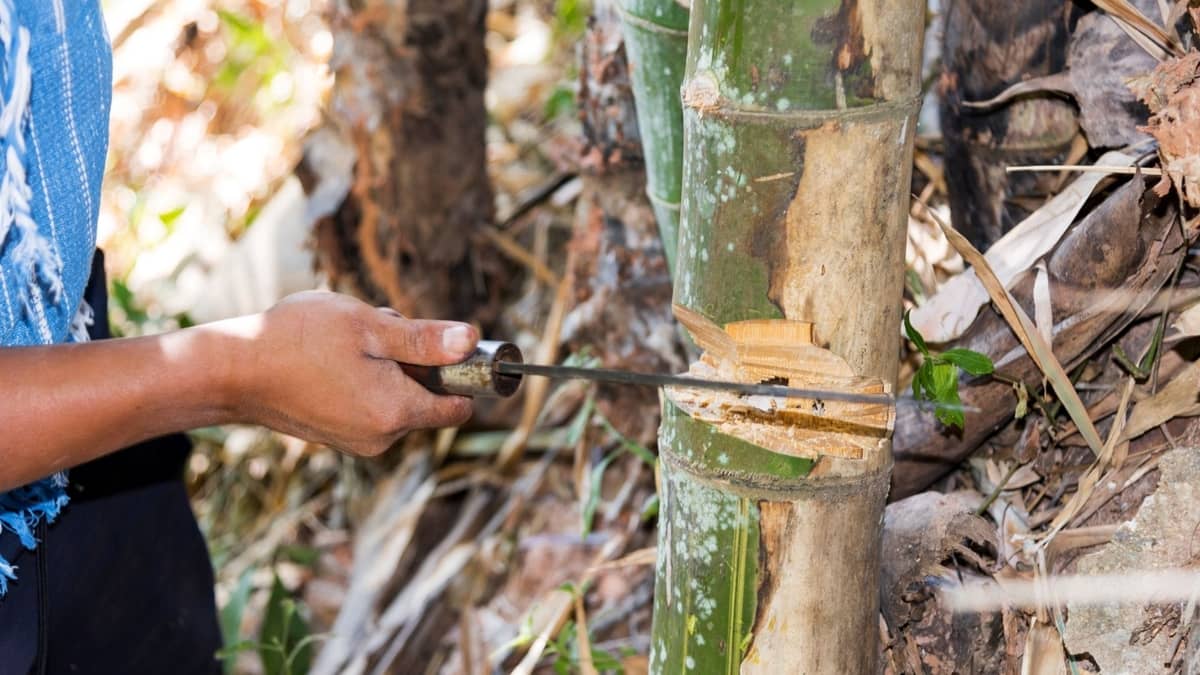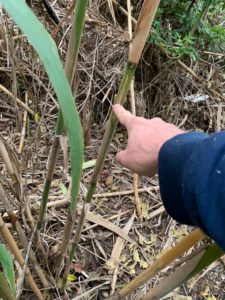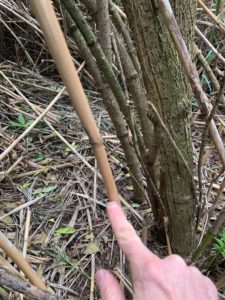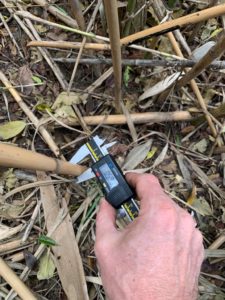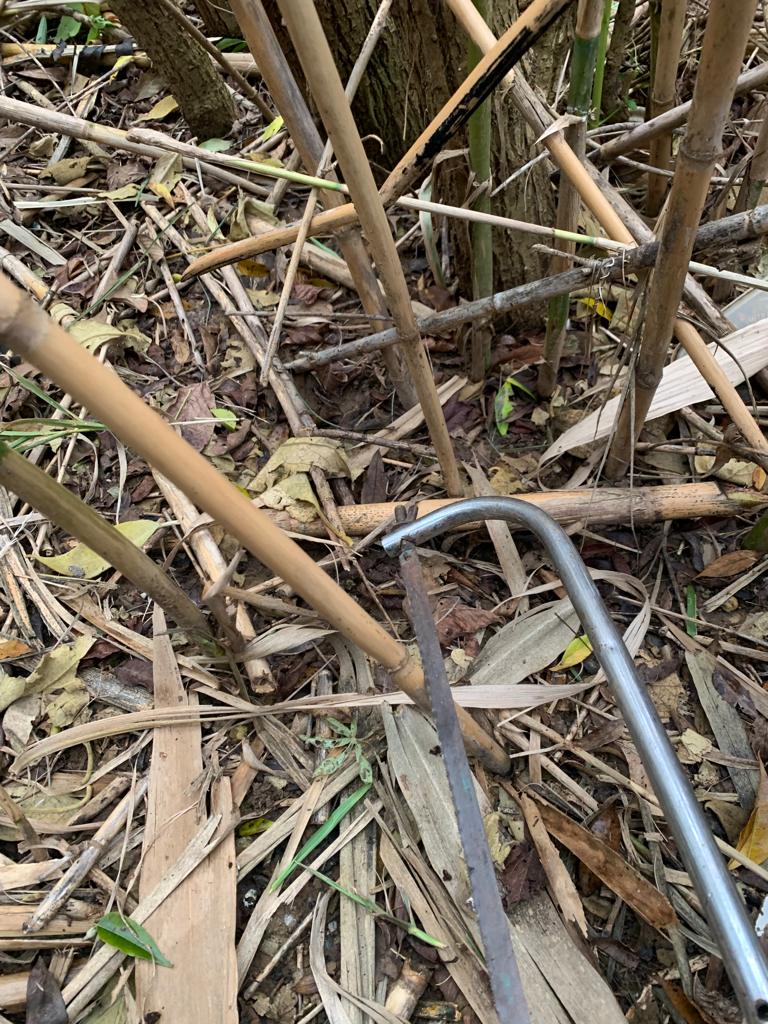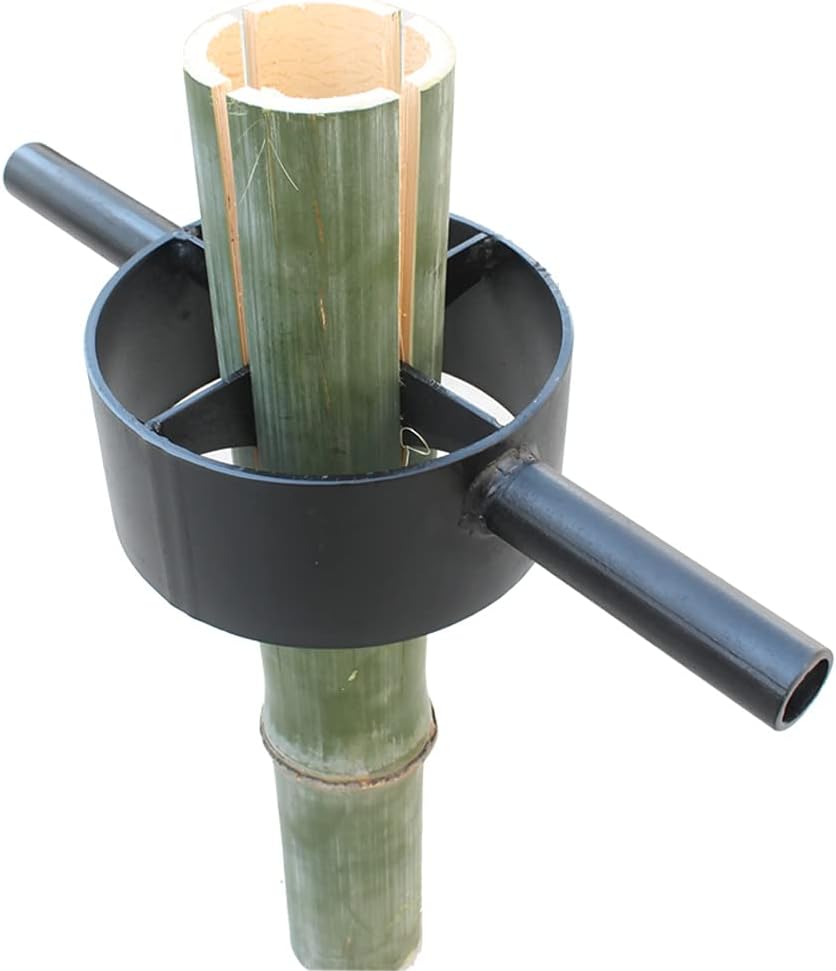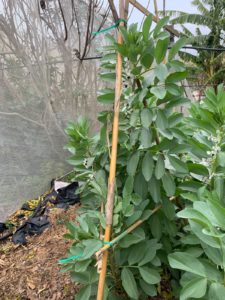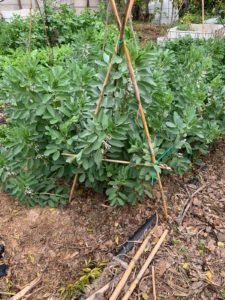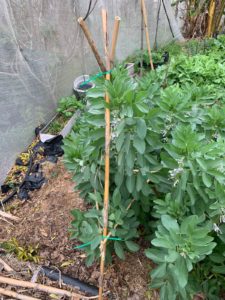Last Updated on August 23, 2022 by Griselda M.
Bamboo, and various reed species are an excellent resource to grow in your garden if you have a bit of space. This article deals specifically with how to cut bamboo/reeds so that you can use the stems as a resource in your gardening and also not kill your bamboo patch.
This is a guide on cutting bamboo stalks the right way to ensure you don’t damage your bamboo plants when harvesting them. Bamboo and reed stalks are really useful in the garden, and cutting them in the right way makes a big difference in how useful the stalks will actually be when you use them.
I love my garden and rely on it more and more for sustenance! The thing about the cost of food in the shops right now is that everything is getting more expensive! However, the stuff in my garden is the same price it was last year, and the year before, it cost me “love, time and effort” to produce.
Hence if I had to go and buy food, it would cost me more time and effort now, as the cost of things is going up. Harvesting my own food is not influenced, and as my garden gets more mature, I actually need to spend less and less time on it. My garden consequently has deflationary pressures on production while the world food system has inflationary pressures. Sourcing your own garden building materials is part of containing costs and avoiding inflationary pressures by buying things.
I use bamboo and reeds all over my garden for staking up plants, holding my overhead irrigation pipes up, and so on. Cutting the bamboo and reeds the right way allows them to be maximally useful.
Useful Types Of Bamboo and Reed For Gardening
You get some types of the can to grow more than 100 feet tall and produce stems that are 10 inches thick! These are of little use for producing garden stakes. I tend to like Japanese Arrow Bamboo – this is a robust species that grows very well in a wide range of climates and can tolerate quite cold conditions.
The bamboo stalks can be cut when they are an inch or a bit thicker and will typically yield a usable stalk of about 6 feet at this thickness. This is a perfect height for garden stakes. The quality of this bamboo is high – it is strong, lasts a few years before rotting and it looks nice. I have to go and chop this stuff on a friend’s farm, so for me, my go-to is more normally is the next option I will discuss.
Spanish reed – this is not bamboo – but the canes are quite similar and the same rules apply for cutting them. I actually find this material more useful around the garden than bamboo. The canes only last about two years, but the great thing is you then run them through the wood chipper and they make the most amazing mulch. The canes also can be cut into small sections when they get older and used to make solitary bee nests.
Cutting Bamboo Stalks The Right Way
When we cut stalks for use in the garden it helps to pack some tools. I typically pack a caliper, and a tape measure, and then I take a cane knife/machete type thing and a hacksaw. I find that sometimes if you have to cut a lot of canes you can cut them with the machete and then move them to a central spot and trim them to size.
The machete will often fracture the first cut site and it also typically requires that you cut at an angle. This makes for sharp spikes that point up and are quite hazardous. I just cut the canes now using a hacksaw as this makes nice clean cuts. I have tried blades on a brush cutter but I suspect this poses significant long-term health risks – those blades bounce around and are just not safe.
The cane on the left is immature – this can be used but it is not fully hardened. The cane in the middle is perfect – it is mature, and the cane is dry and strong. I typically take a caliper along and measure the stems to try and get them in the same approximate thickness. Different tasks call for different thicknesses canes.
When cutting the canes, they are very easy to cut with a hacksaw. If you cut just below a node, you can saw through quickly without splitting the cane.
Step-by-step Guide!
Step 1: Select the best stalks
The best bamboo stalks are those that have not been damaged by animals or other natural disasters, such as wind and rain. The stalks should be straight with no damage. You can move to the middle or the edge of the bamboo or cane patch – the size and thickness of the stalks will vary over this range. This allows you to find the appropriate size for what you need.
Step 2: Cut off the bottom part of the stalks
As mentioned earlier, I tend to use a hacksaw to cut directly across the stem. This makes it safe when you go back the next time and you do not risk falling on a sharp bamboo spear sticking out of the ground.
Step 3: Cut off the top part of the stalks
I always take a tape measure and cut the stalks to size on site. It is better to cut the stalks a bit longer and then you can sort them out when you get home or to where you want to use them.
When Should You Harvest Bamboo Stalks?
There is a lot of mythology and “factoids” that circulate about when to cut bamboo, what phase of the moon and so on. It typically just look for canes that are a bit dry and harvest these! It is best to cut them in the dry season – winter if that coincides. This allows you to select canes that are strong and dry and not green at all. These are the most useful structurally. If you have to cut green bamboo it can split a bit as it dries.
Caring For Harvested Bamboo Stalks
Bamboo and cane are quite resistant to rotting. I have seen houses where there are two hundred year old bamboo ceilings that are fine.
I tend to just place the canes I have cut that are surplus to my needs in a sheltered corner somewhere. As long as they do not get direct rain on them, they will last like this for a few years.
This resource regenerates itself, so there is not real need to treat it specially. If you want to, you can paint the poles with wood preservatives – I would prefer to keep these chemicals out of my garden so I don’t bother.
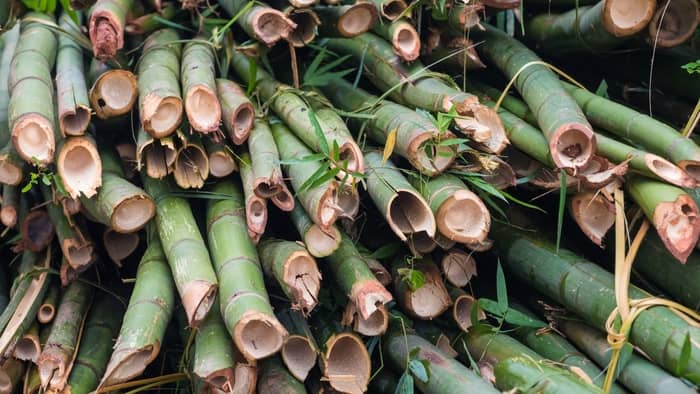
Take-home
This article specifically deals with how to cut bamboo for use in your garden.
The above three photographs show how I use thin reed canes to make a simple stand for my fava beans. On years such as this one where conditions have been perfect for them the beans can get so big that the plants fall over and then the beans get damaged on the ground. Hence little tripods such as these increase my yield quite a bit. I made this tripod out of the reeds I cut for the demonstration pictures earlier.
Read more about Can You Use Coarse Sand For Gardening?
Frequently Asked Questions
Does bamboo regrow when cut?
Yes. The bamboo will shoot new growth shoots up. The stem you cut will not regrow. I have however sometimes had it happen where I put a slightly green bamboo stalk in the ground to support a plant in the garden and it begins to grow!!
What is the best tool for cutting down bamboo?
Many people use a machete or cane knife - I prefer a hack saw. This gives a nice clean cut, and does not split the cane or bamboo at all.
How do you prune a bamboo stalk?
I just use a sharp knife or machete to chop of any small side shoots. Typically it is best to choose stalks that are long enough that the only bits you use are the clear sections with no branches. These are the strongest.
What do I do if my bamboo is too tall?
Bamboo gets tall if it is crowded I find. Hence if you trim it, and thing the stand, the individual shoots will not grow as high. It is useful to regularly go in and clear the stand out. You will never get rid of it - this stuff is a pest. So do not feel embarrassed to cut the stand right to the ground. In a year it or two will be back.
Caroline is a gardener who loves to get down to the nitty–gritty of gardening. She proudly proclaims herself as a ‘dirt worshipper‘ and can often be found deep in the garden, covered in soil and singing to her plants. As a self–proclaimed ‘plant whisperer‘, Caroline believes that plants need love and attention just like any other living thing, and she loves to give them both. When she‘s not tending to her garden, you can often find her researching the latest gardening trends, or teaching others how to make their gardens thrive

